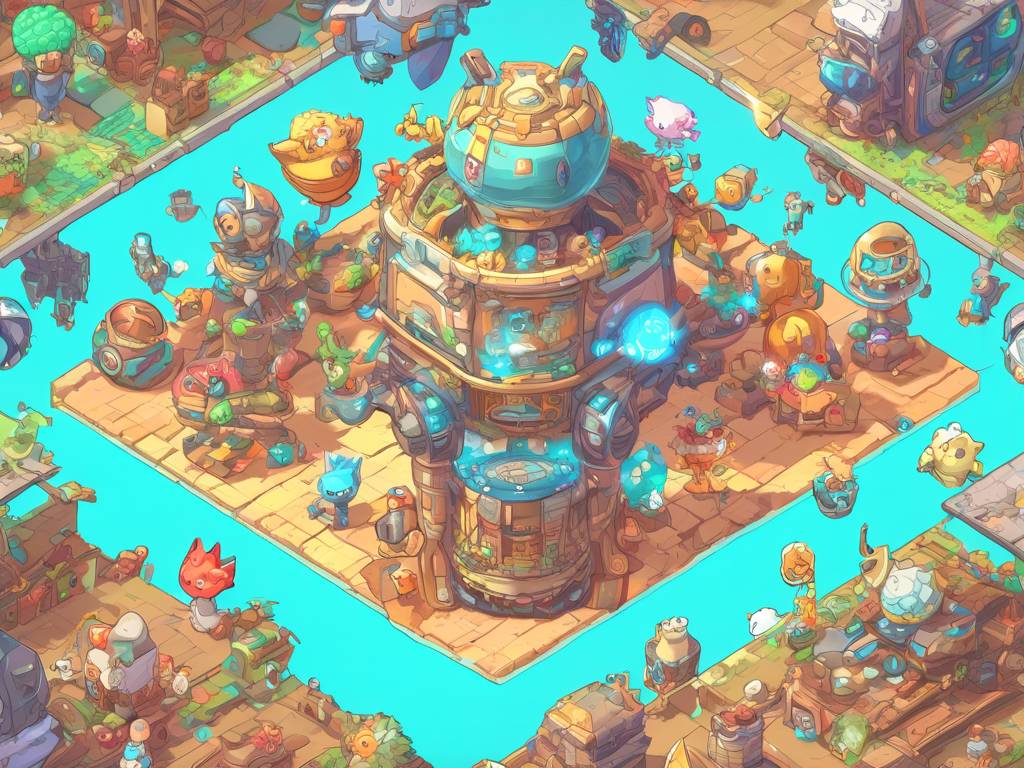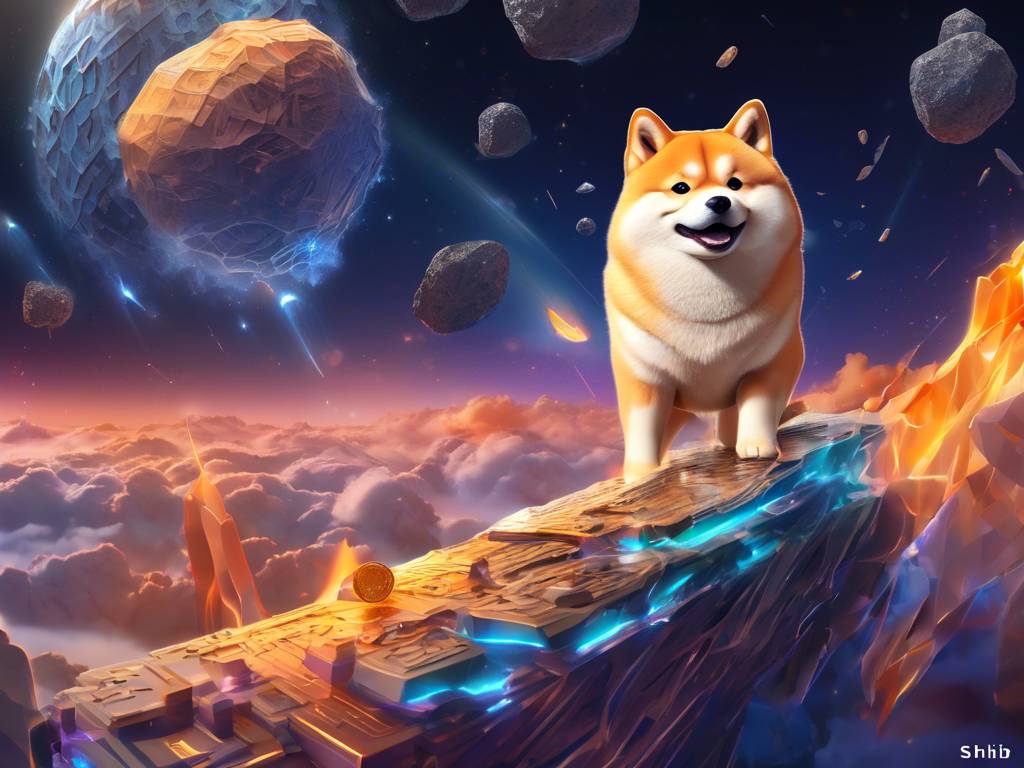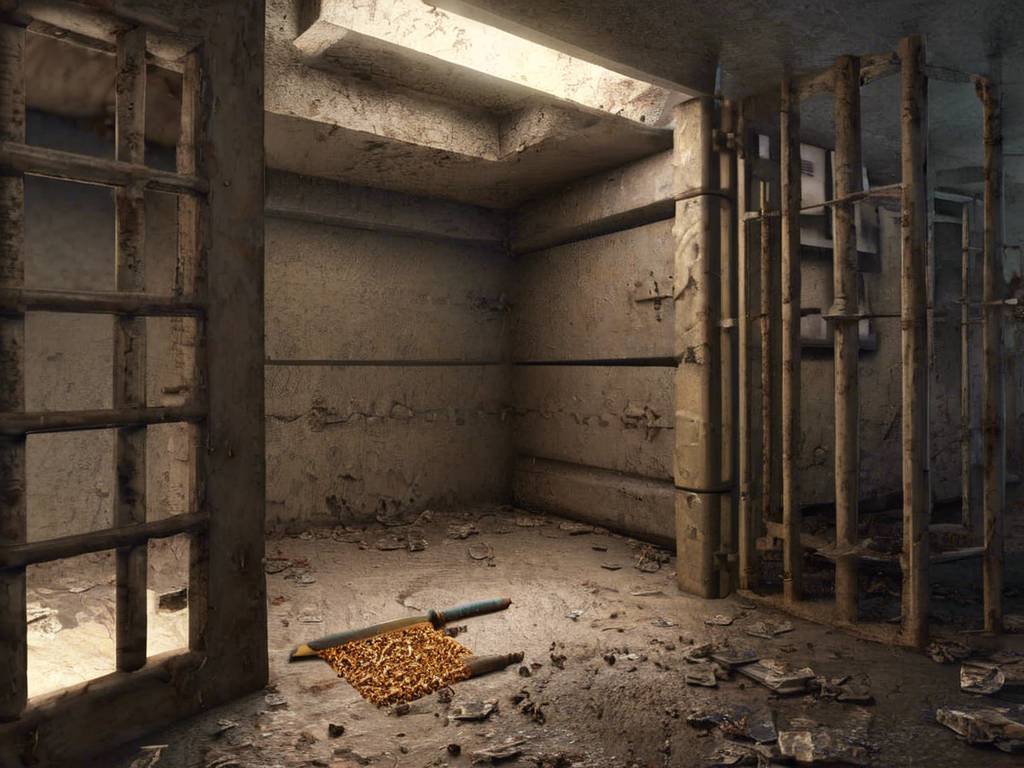A Game-Changing Evolution: Yield Guild Games Transforms into a Guild Protocol
As co-founder Gabby Dizon tells it, Yield Guild Games always aimed to be much more than a guild. The vision was to help other groups of crypto gamers unite, collaborate, and thrive together. It just had to start somewhere.
When Axie Infinity’s monster-battling, token-earning model became lucrative amid the crypto and NFT bull run of 2021, play-to-earn gaming suddenly looked like the future. Yield Guild Games was already proving an adjacent business model as the biggest operator of “scholarships,” or lending gaming NFTs to players and taking a cut of their in-game winnings.
Investment from Andreessen Horowitz and other VC heavyweights followed, while infamous crypto exchange FTX even “sponsored” Axie players in the Philippines and elsewhere via Yield Guild. But that particular economic model didn’t stay viable for long, and no other crypto game approached Axie’s raging, albeit short-lived momentum.
Building Through Bear Markets
Yield Guild kept building during the brutal bear market, investing in assets for various games, developing infrastructure to support regional sub-DAO organizations, and making plans for a hopeful wave of high-quality crypto games to come.
Now those games are arriving, in the form of Pixels and Parallel and others, and Yield Guild Games is starting to showcase its next big evolution: from a guild into a guild protocol.
The Infrastructure Layer for Crypto Gaming Guilds
Effectively, Yield Guild wants to be the infrastructure layer to enable all guilds to exist and thrive—both on-chain and in games. Think tokenized credentials and tooling to manage assets and roles, and deep integrations into blockchain games so that players can not only carry those structures into game worlds, but also quest and be rewarded together.
“Think about it as the guild system of World of Warcraft pulled out and put on chain,” Dizon said.
We’re just now seeing the first real example of that concept in Pixels. It’s the biggest crypto game of the moment, and Yield Guild is once again in a key position to not only benefit from that position but to help others benefit as well.
Yield Guild Games x Pixels
And Gabby Dizon himself is right there to help you out in Pixels. Yield Guild is the official guild partner of Pixels, the blazing-hot social farming game on Ethereum scaling network Ronin—the very same network that powers Axie Infinity. And indeed, Dizon’s smiling, 16-bit visage is there to help you learn about the game’s guild system, which went live this week.
Pixels’ guilds are designed to be a literal game-changer, with founder Luke Barwikowski recently stating that he envisions such squads of on-chain gamers giving the game a more competitive edge and helping to disperse resources in the game world. Dizon also said that there will be large-scale quests that only guilds will be equipped to tackle.
Every gaming guild today invariably has a Discord server, and some may have a main wallet for holding shared assets. But there’s no common tech stack for managing such groups, and while numerous blockchain games have guild integrations to some level, they can vary widely. Pixels’ integration is substantial, and could be a sign of things to come in the industry.
Dizon sees gaming guilds as the “small-to-medium enterprises of Web3”—and in his view, they desperately need proper infrastructure to scale.
From Guild to Protocol
Yield Guild itself endured the Axie boom days of ad hoc guild and scholarship integrations and lived through the hype and crash of the early play-to-earn premise. With that experience under its belt, the firm now is building to help other guilds thrive via transparent, composable, and interoperable on-chain assets and tooling.
Yield Guild Games has also amassed a trove of in-game NFT assets across various titles over the years, and Dizon thinks that can complement the protocol.
Imagine staking varying amounts of YGG tokens to borrow NFTs, with the more valuable assets requiring a larger stake, thus representing both an investment in and commitment to the protocol. Dizon said that the protocol can also develop something of a “credit rating” for guilds over time, based on their likelihood to honor their revenue share and not bolt with the assets.
Yield Guild already has features like quests and achievements launched for various games, but otherwise is currently in the process of building out its on-chain infrastructure. The on-chain guild format will include a multisig wallet for each guild, along with NFT badges and an allowlist that defines roles within the gaming organization. That should launch in Q2 2024.
A Thriving Ecosystem
Alongside the integration in Pixels, Yield Guild has had a number of other recent moves, including strategic investment from LongHash Ventures. On Thursday, Yield Guild brought its YGG token to Ronin and held an airdrop to reward Ronin (RON) stakers using its network validator.
As Yield Guild aims to develop the infrastructure to power the next generation of crypto gaming guilds, it’s also working closely with game studios to advise them and develop content to help new players learn and thrive. They’re demonstrating how guilds can support games—and fighting the idea that such organizations are purely there to earn and extract.
“The narrative of scholarship in Axie Infinity was so strong that people would think, ‘Oh, these guys are just extracting value from the ecosystem,’” said Dizon. “But that often was not true from what I’ve seen with the guilds that we operate with, actually.”
Hot Take: Yield Guild Games Leads the Evolution of Gaming Guilds 🚀
Yield Guild Games is revolutionizing the gaming guild landscape by transforming into a guild protocol. With its infrastructure layer for crypto gaming guilds, Yield Guild aims to enable all guilds to thrive both on-chain and in games. Through tokenized credentials, tooling to manage assets and roles, and deep integrations into blockchain games, players can carry structures into game worlds and be rewarded together.
The partnership between Yield Guild Games and Pixels is a prime example of this evolution





 By
By
 By
By
 By
By
 By
By
 By
By